Accreditation Certificate :
Article Tools :
##### GUIDELINE IN ENGLISH
1. GENERAL
2. WRITING SYSTEMATIC
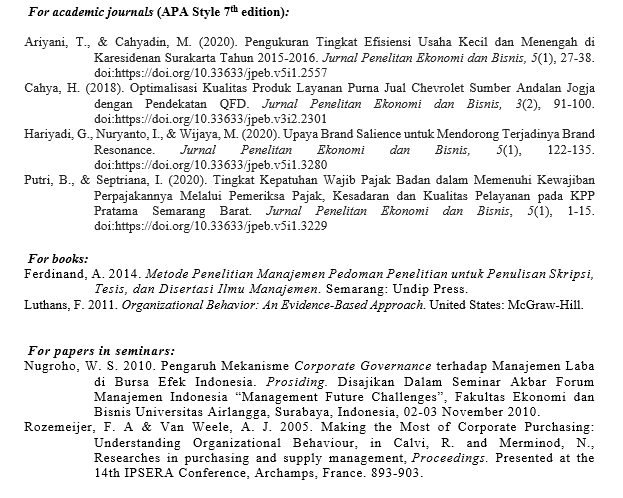
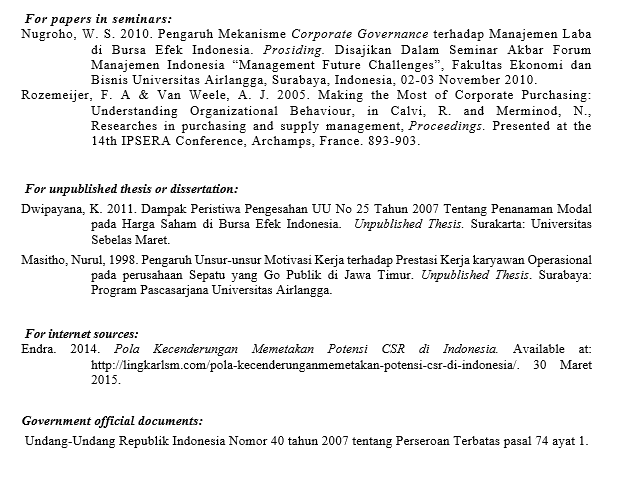
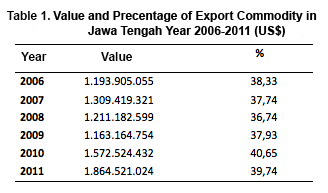
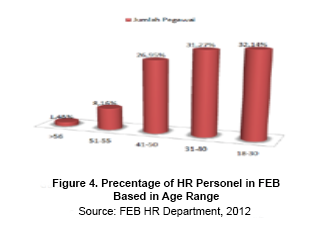
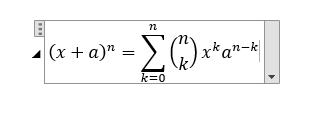
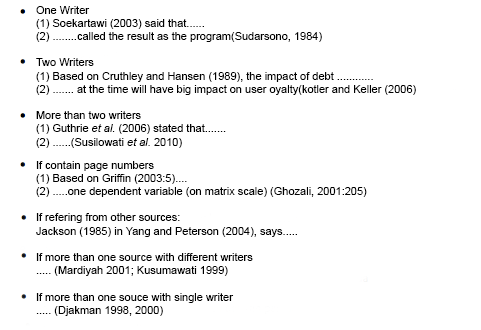
##### GUIDELINE IN BAHASA INDONESIA
1. UMUM
2. SISTEMATIKA PENULISAN
Bagian awal artikel harus dimulai dengan bagian pengantar yang memberikan detail lebih lanjut tentang tujuan makalah, motivasi, metode penelitian, dan temuan. Pendahuluan harus relatif nonteknis, namun cukup jelas bagi pembaca yang berwawasan untuk memahami isi naskah.
Bagian ini juga berisi state of the art dari penelitian, yang terdiri dari latar belakang penelitian, motivasi penelitian, teori dan tujuan penelitian. Penulisan adalah ditulis dalam bentuk paragraf.
Contoh dalam men-sitasi artikel: One government action to solve this is privatization. Privatization policy in SOE was first performed in 1991 on PT Semen Gresik, Tbk. (Ministry of SOE). Several studies state that the financial performance of government companies increases after privatization (Dharwadkar et al., 2000; Gupta, 2005; Urga et al. 2007; Ochieng & Anwar, 2014). A study on the difference of performance before and after privatization in Indonesia has been performed, but the result is limited to significant performance improvement in real sales (Juoro, 2002). Jelic et al. (2003) and Boubakri et al. (2005) find empirical evidence that privatization method influences company long-term performance.REFERENCES
Kami menggunakan APA Style 7th edition, dan kami merekomendasikan penulis untuk menggunakan salah satu software sitasi seperti Mendeley, EndNote, Zotero, dll.
Download Mendeley apps di link berikut https://www.mendeley.com/download-desktop-new
dan tutorial menggunakan Mendeley di link berikut https://www.youtube.com/watch?v=o34ZbUeBzXw
Contoh output daftar pustaka menggunakan APA Style 7th edition:


Tabel atau gambar harus disertai judul tanpa menggunakan sumber tabel. Judul tabel diletakkan di atas tabel (Arno Pro, 10 pt, cetak tebal), sedangkan judul gambar diletakkan di bawah gambar (Arno Pro, 10 pt, cetak tebal). Tabel dan gambar tidak boleh berdasarkan hasil pindaian.
Contoh 1:



Informasi rumus ditulis dalam satu paragraf tanpa menggunakan simbol yang sama (=), setiap pernyataan notasi rumus dipisahkan dengan koma.
Contoh: di mana d (x, y) adalah fungsi jarak input.

The copyright of the received article shall be assigned to the journal as the publisher of the journal. The intended copyright includes the right to publish the article in various forms (including reprints). The journal maintains the publishing rights to the published articles.
This work is licensed under a Creative Commons Attribution 4.0 International License.
Accreditation Certificate :
Article Tools :
Jurnal Penelitian Ekonomi dan Bisnis (JPEB)
Published by
Fakultas Ekonomi dan Bisnis | Universitas Dian Nuswantoro
Jalan Nakula I No. 5-11, Semarang 50131, Indonesia
Email: udinusjpeb@gmail.com
Phone: (024) 3567010
Website: http://publikasi.dinus.ac.id/index.php/jpeb
ISSN
2442-5028 (Print)
2460-4291 (Online)

This work is licensed under a Creative Commons Attribution 4.0 International License.
